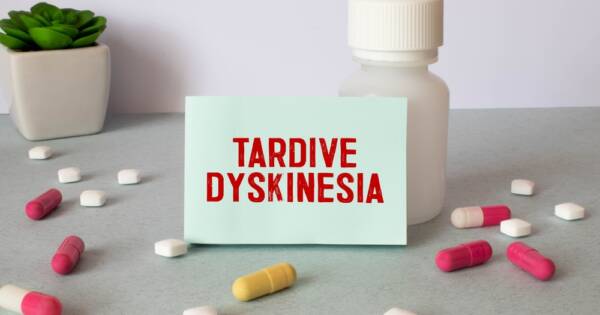Early recognition of stroke signs is vital to minimize brain damage and enhance recovery. The F.A.S.T method offers a simple recall tool during emergencies, and understanding stroke causes can guide lifestyle changes. Emergency responses, recovery strategies, and long-term support contribute to successful rehabilitation and prevention, underscoring stroke awareness as central to health education.
Recognizing Stroke Signs
Identifying the signs of a stroke is crucial, as early detection can minimize brain damage or potentially save a life. Presented symptoms may occur suddenly but have the potential to develop over several hours or days. Key indicators include sudden numbness or weakness, particularly on one side of the body, confusion, trouble speaking, severe headache, vision issues, and loss of coordination.
These signs help distinguish between a transient ischemic attack (TIA) and a full-blown stroke, making an urgent medical response imperative to reduce long-term complications. Immediate medical support is essential, and knowing these symptoms can lead to quicker aid and minimize brain damage.
The F.A.S.T. Response Method
For easy recall during emergencies, the F.A.S.T. method is a powerful tool to identify stroke instances.
- “F” stands for face; if one side droops, it might be an indicator.
- “A” refers to arm weakness, a classic stroke symptom.
- “S” emphasizes speech difficulties, such as slurred or confused speech.
- “T” underlines the critical aspect of time, highlighting the need to contact emergency services immediately.
Understanding this acronym ensures a rapid response as getting help promptly can mean the difference between complete recovery and enduring severe disabilities by allowing medical treatment to commence en route.
Major Stroke Causes
Strokes occur primarily as ischemic or hemorrhagic events. An ischemic stroke arises from a blockage in blood vessels leading to the brain, while a hemorrhagic stroke results from a rupture in a brain artery.
Risk factors are predominantly age, high blood pressure, cholesterol levels, diabetes, smoking, obesity, and physical inactivity, making lifestyle adjustments vital. TIA or “mini-strokes” also serve as red flags for full strokes unless acted upon swiftly, necessitating medical evaluation to mitigate risks. Awareness of these causes empowers individuals to manage their health proactively, including adopting healthy lifestyles.
Emergency Response Steps
In a stroke emergency, rapid action is key. Patients should call 9-1-1 for immediate transportation to a medical facility instead of using personal vehicles. This ensures pre-hospital medical intervention starts en route, potentially saving lives and preserving brain function with imaging tests aiding accurate diagnosis and treatment. Medical staff are trained to provide immediate treatment, thus reducing the time from stroke onset to therapy, significantly influencing recovery outcomes and facilitating quicker rehabilitation.
Proven Recovery Strategies
Recovery post-stroke varies significantly depending on individual circumstances, requiring assistance from a diverse medical team dedicated to restoring maximum functionality. Therapy options may include physical, occupational, and speech therapies aimed at improving lost skills.
Post-stroke recovery also involves emotional support due to possible feelings of helplessness and frustration. Rehabilitation efforts should start promptly, with close attention paid to risk factors such as high blood pressure, to promote optimum recovery. Effective risk management requires collaboration between healthcare providers and patients to implement critical preventative measures.
Long-term Rehabilitation and Support
After a stroke, patients often face challenges such as decreased mobility, cognitive issues, or sensory loss that may affect daily living. Addressing these complications involves consistent use of therapeutic strategies, like engaging in specific therapies and utilizing assistive devices.
Participation in ongoing research or rehabilitation programs can also enhance treatment effectiveness, with many organizations offering resources to support long-term rehabilitation. Understanding the importance of these ongoing efforts ensures a robust recovery by using valuable medical tools and resources to protect health.
Why You Should Learn More About Stroke Signs Today
Understanding stroke signs and taking immediate action can make an immense difference in saving lives and reducing long-term impairments. This knowledge is invaluable, as the response time during a stroke is a critical factor in determining recovery outcomes.
Familiarizing oneself with indicators and helpful methods like F.A.S.T. ensures preparedness to handle emergencies efficiently. Furthermore, awareness of risk factors and recovery strategies reinforces efforts to adopt healthier lifestyles that prevent strokes and improve overall well-being, making learning about stroke symptoms an essential aspect of health education.
Sources
Insights on Stroke Symptoms by NHLBI
CDC Overview of Stroke Signs and Symptoms
NIA Guide to Stroke Causes and Treatments





